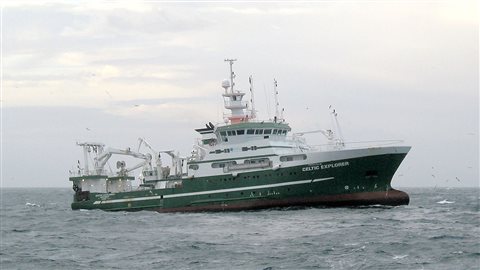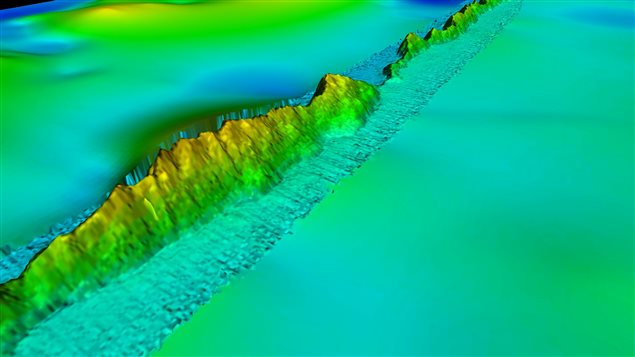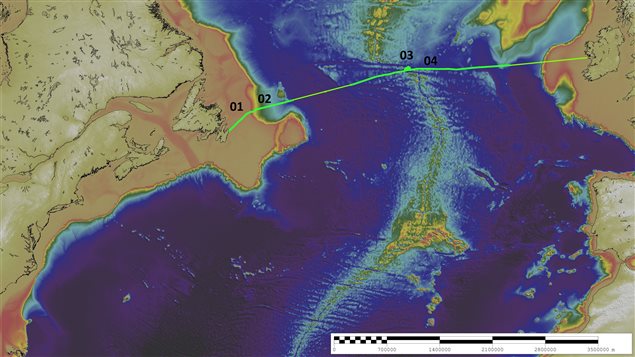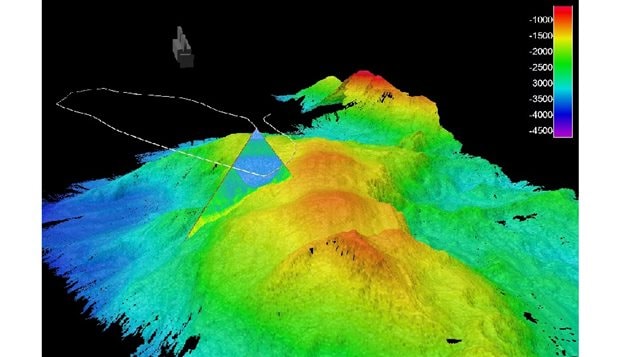Canada, Ireland, and the US joint project
A multi-national ocean mapping effort was announced this week.
It’s the first effort of the Transatlantic Ocean Research Alliance, formed following the Galway Statement of 2013 on Atlantic Ocean Cooperation.
Researchers from Memorial University in Newfoundland will be participating in the Irish, Canadian, and US effort, with additional participation from Portugal.
Randy Gillespie (MSc, P.Geo) is Director of the Centre for Applied Ocean Technology at Memorial University, in the city of St John’s where I spoke to him via mobile phone.
Listen
The goals of the Transatlantic Ocean Research Alliance are to join resources of its three signatories to better understand the North Atlantic Ocean and to promote the sustainable management of its resources.
Canada’s Fisheries and Marine Institute at Memorial University will use the Irish research vessel, RV Celtic Explorer, to map the seafloor between St. John’s, Newfoundland and Labrador, Canada and Galway, Ireland.
The provincial government has invested approximately $5 million in RV Celtic Explorer expeditions since 2010 to support fisheries science activities.
The vessel has just completed this year’s fisheries survey and is returning to Ireland providing the additional opportunity for this trans-Atlantic mapping survey.

The team will gather information on the physical characteristics of the seafloor, such as depth, physical characteristics of the floor, rock, sand or mud bottom, and the presence of geohazards, such as pinnacles, ridges, and sea mounts. This becomes useful for shipping safety issues if near subsurface structures are found, and also for development-related seabed engineering and sustainable fisheries.

Canada’s own research vessel, the CCGS Louis St Laurent, will be participating in another mapping effort from Canada to Oslo later this year, while in 2016 the Celtic explorer will be joined by mapping vessels from Norway and the US.








For reasons beyond our control, and for an undetermined period of time, our comment section is now closed. However, our social networks remain open to your contributions.